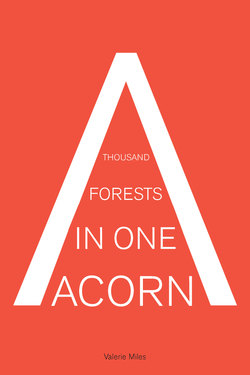Читать книгу A Thousand Forests in One Acorn - Valerie Miles - Страница 25
На сайте Литреса книга снята с продажи.
ОглавлениеRafael Sánchez Ferlosio, the son of Rafael Sánchez Mazas—who was a writer too and a founding member of the Falange Española—and the Italian Liliana Ferlosio, was born in Rome on the fourth of December, 1927, where his father worked as a correspondent for the newspaper ABC. That was where he lived his first years.
Back in Spain, he enrolled in the Jesuit high school San José de Villafranca de los Barros. He started off taking preparatory courses to get into the Escuela de Arquitectura, but he ended up attending the department of Philosophy and Literature at the Universidad Complutense de Madrid and he even took some courses at Escuela Oficial de Cinematografía.
Though not a big fan of literary or intellectual groups, he ended up a member in the Círculo Lingüístico de Madrid along with Agustín García Calvo, Isabel Llácer, Carlos Piera, and Víctor Sánchez de Zavala, and he’s considered one of the children of the war that ended up forming part of the generation of the middle of the century. In addition, along with Ignacio Aldecoa, Jesús Fernández Santos, Carmen Martín Gaite (to whom he would be married until 1970), and Alfonso Sastre, he participated in the creation and direction of Revista Española, which was as much a platform for that generation of writers, poets, and playwrights as it was a mouthpiece for up-and-coming Western literature: the still emerging work of Capote, of Zavattini (expertly translated by Sánchez Ferlosio1), or the first experiments of the Nouveau Roman de l’école du Regard.
Rafael Sánchez Ferlosio became known in 1951 with Industrias y andanzas de Alfanhuí, a bildungsroman on horses, somewhere between a picaresque novel and magic realism, but true recognition come to him in 1955 for El Jarama (which would win him the Premio Nadal that same year and the Premio de la Critica the next one). Years later, he himself summarized that time: “first I made an incursion into ‘prose,’ or ‘la bella pagina’ (Alfanhuí); then I wanted to have some fun with speech (El Jarama), and finally, after many years of grammar, I discovered the language.”
Of course, after his incursion into the world of fiction writing, he rejected “the grotesque imposture of the literati,” and dedicated the years that followed to the study of grammar. Seized by this passion, Sánchez Ferlosio would spend those years in a “graphomaniacal furor” in absolute silence in terms of publishing. As he once said, “I don’t write with the immediate need to publish. I always say that I know how to knit, but I don’t know how to make a sweater.”
For reasons of mental health (grammar is tremendously obsessive), he returned to the publishing world (that doesn’t publish) in 1974 with Las semanas del jardín (a title inspired by the novel that Cervantes never managed to write). The years that followed, he dedicated to his work as an essayist and in 1986 he returned to writing fiction with El testimonio de Yarfoz.
The largest part of his most recent work has centered around essays with titles like Vendrán más años malos y nos harán más ciegos, a collection of reflections and aphorisms that won him Premio Nacional de Ensayo and Premio Ciudad de Barcelona. Like a dyed-in-the-wool bellicose intellectual, he has freely proclaimed a total lack of influence from contemporary literature, similarly his complete repudiation of television, sports, and publicity. His darts have struck such figures as Ortega y Gasset, Julián Marías, Karl Popper, and García Lorca.
His agent, Carmen Balcells, once said of him that he has written two or three hundred times as many pages as he has published. Though the number is, perhaps, exaggerated, there is no doubt that Rafael Sánchez Ferlosio is an author as irrepressible as he is indispensable. With your permission . . .
1 The little novel, which it would be inappropriate to call “neorealist,” Totó il buono de Cesare Zavattini was the story from where Vittorio De Sica got the screenplay for Miracolo a Milano.
